There are a wide variety of ways people are trying to grasp onto some semblance of sanity as COVID-19 evolves and rapidly changes our way of life. At the first whisper of a ‘shelter-in-place’ notion, many began to look toward more appealing escape routes with the idea that if everyone were forced to stay put, perhaps they could situate themselves somewhere remote and in nature to stretch their legs and keep busy.
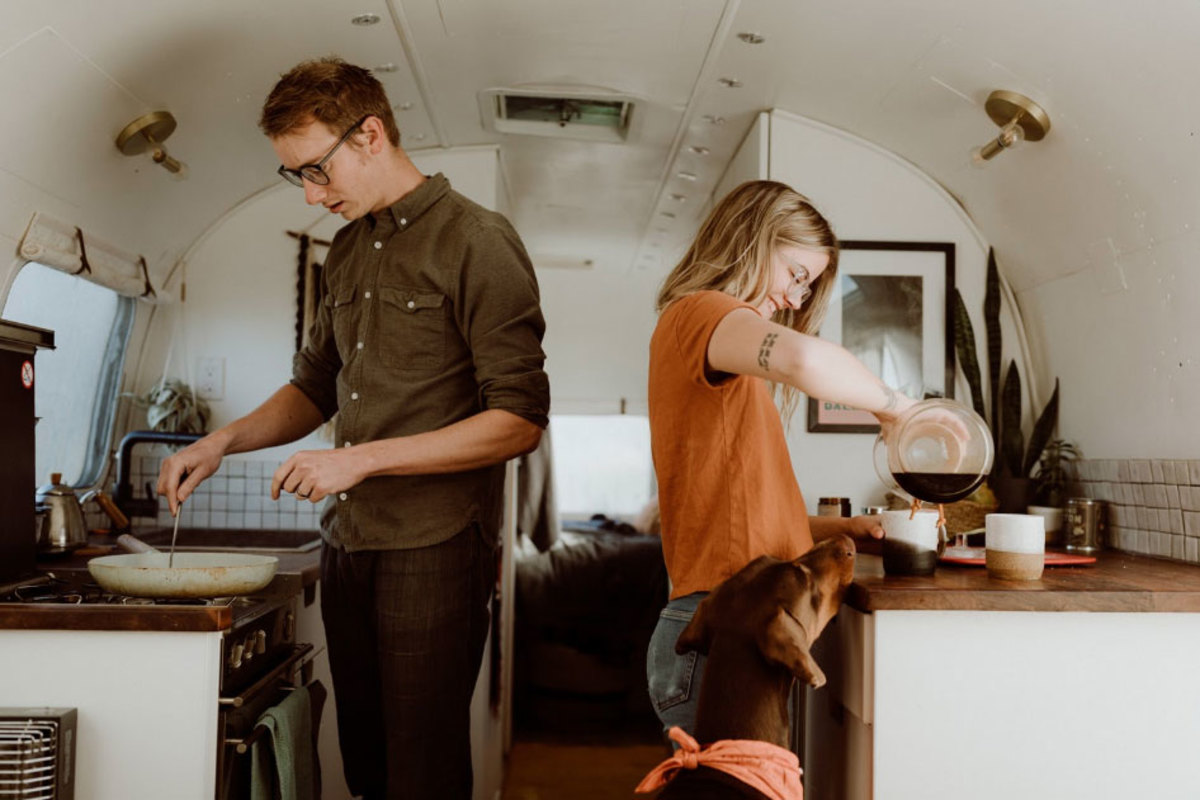
On the surface, vanlifers seemed to have hit the self-isolation jackpot. Living full-time in a home-on-wheels now doubled as a portable escape pod to migrate to a location of preference during this pandemic. To the outdoor enthusiast bound to their stationary home, living in the wild as a vanlifer was perhaps filled with even less guilt—since technically, their car is their home. Where else are they supposed to park it?
But soon enough, more restrictions were put in place that impeded the right to roam. Within the U.S, the response to controlling the proliferation of the virus continues to vary from state to state. California, Washington and New York have been touted as being at the forefront, putting strict social distancing precautions in place and shutting down state parks, visitor centers, trails and beaches. Many other states and national parks are following closely behind, and some states such as Florida are looking at suspending free movement across state borders.
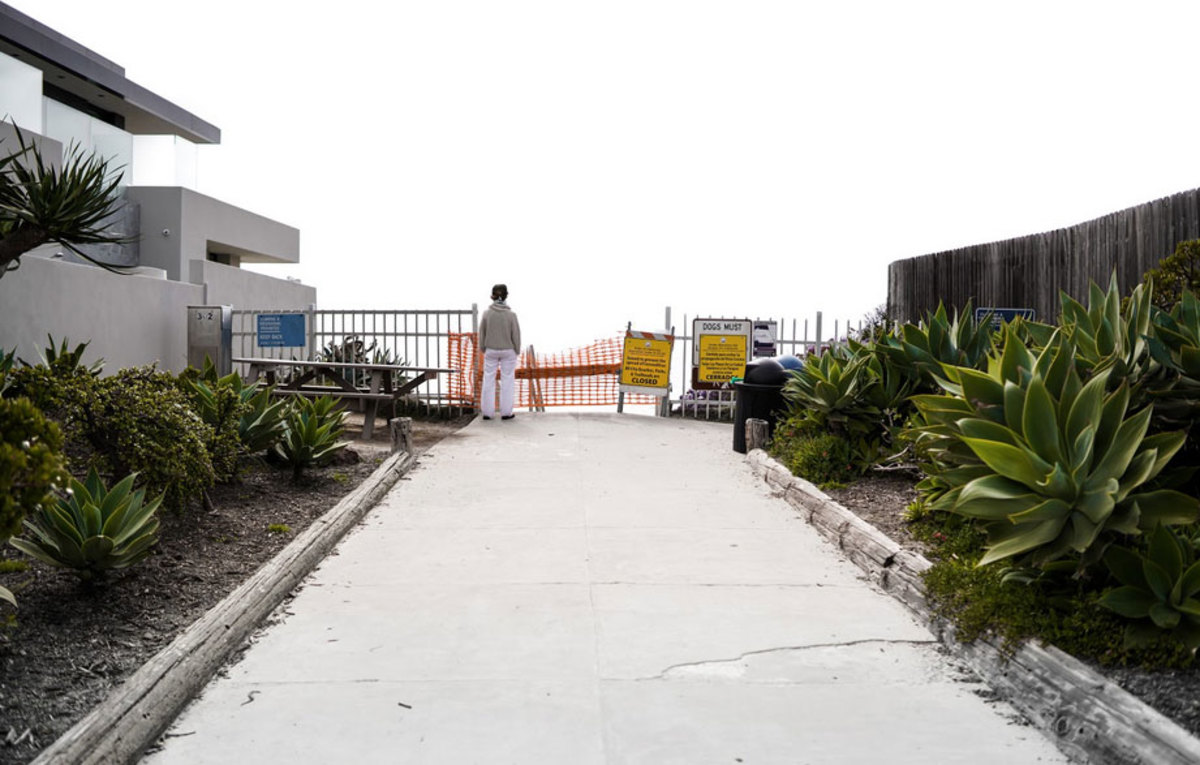
Across the nation, non-essential businesses have almost entirely been required to shut down. Among those businesses are gyms, coffee shops, libraries and campgrounds… all establishments that (more or less) supply resources often utilized by those who have chosen a life on the road. Those commodities include showers, toilets, internet, power, and waste management, which—depending on the rig—are either available in limited amounts, or not at all. Suffice it to say, to live out of your car usually means you are heavily reliant on an infrastructure of nonessential businesses. (But, that it’s worth the price of extreme inconvenience to live a life immersed in the outdoors, far from stagnant, and ultimately, free.)
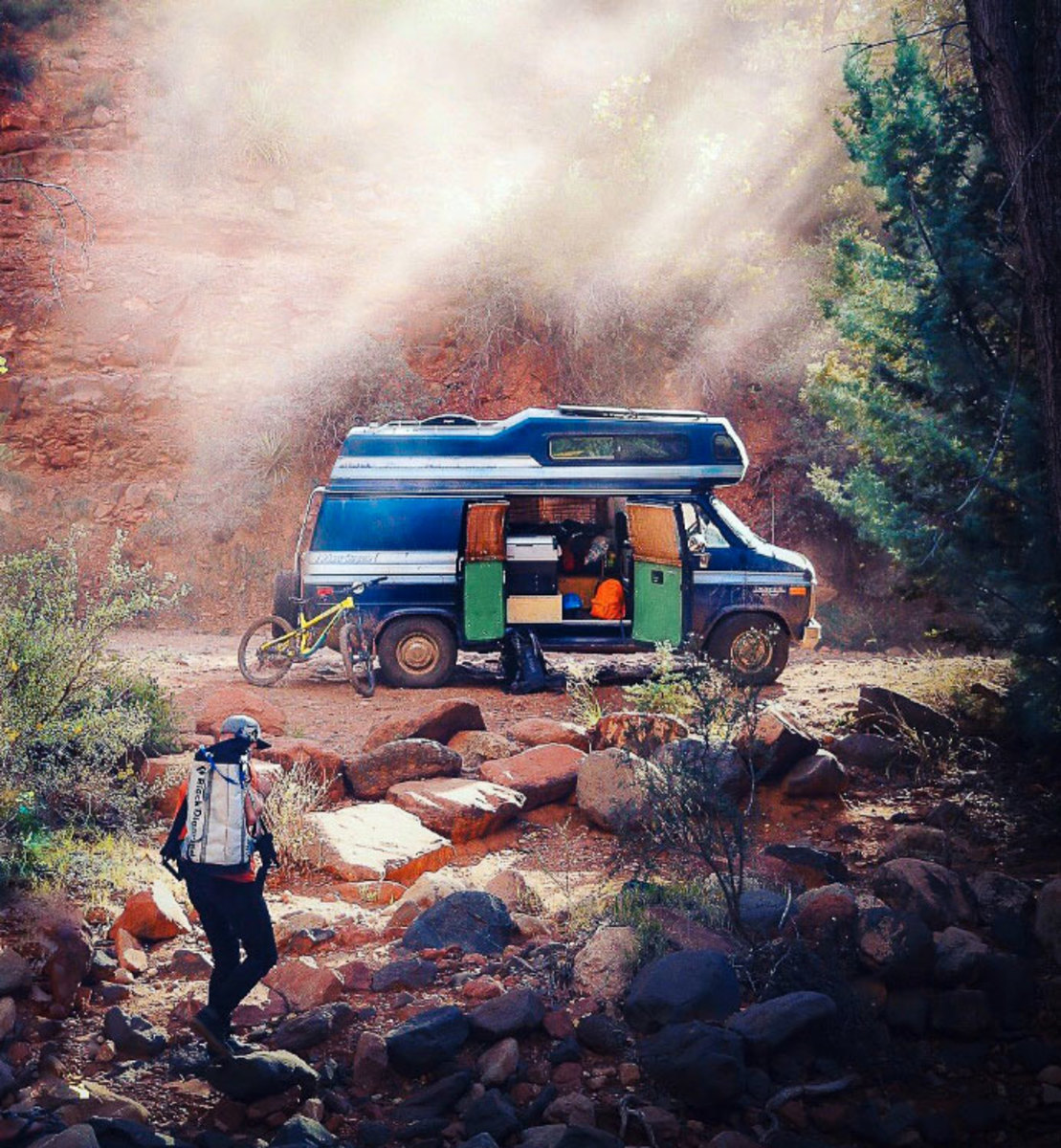
But what happens when it’s not just the internet, showers and toilets that are taken away? What happens when it’s the right to roam? As feelings of uncertainty become more visceral with passing time, outdoor recreation is evolving along with it. Recreating in the outdoors becomes a selfish act knowing that it not only poses a great risk to yourself and others, but that it can contribute to a climate of negligence. If BLM land, national parks, and small outdoor communities (now faced with strained healthcare systems) are taken out of the equation, what threads are left of the nomadic fabric?
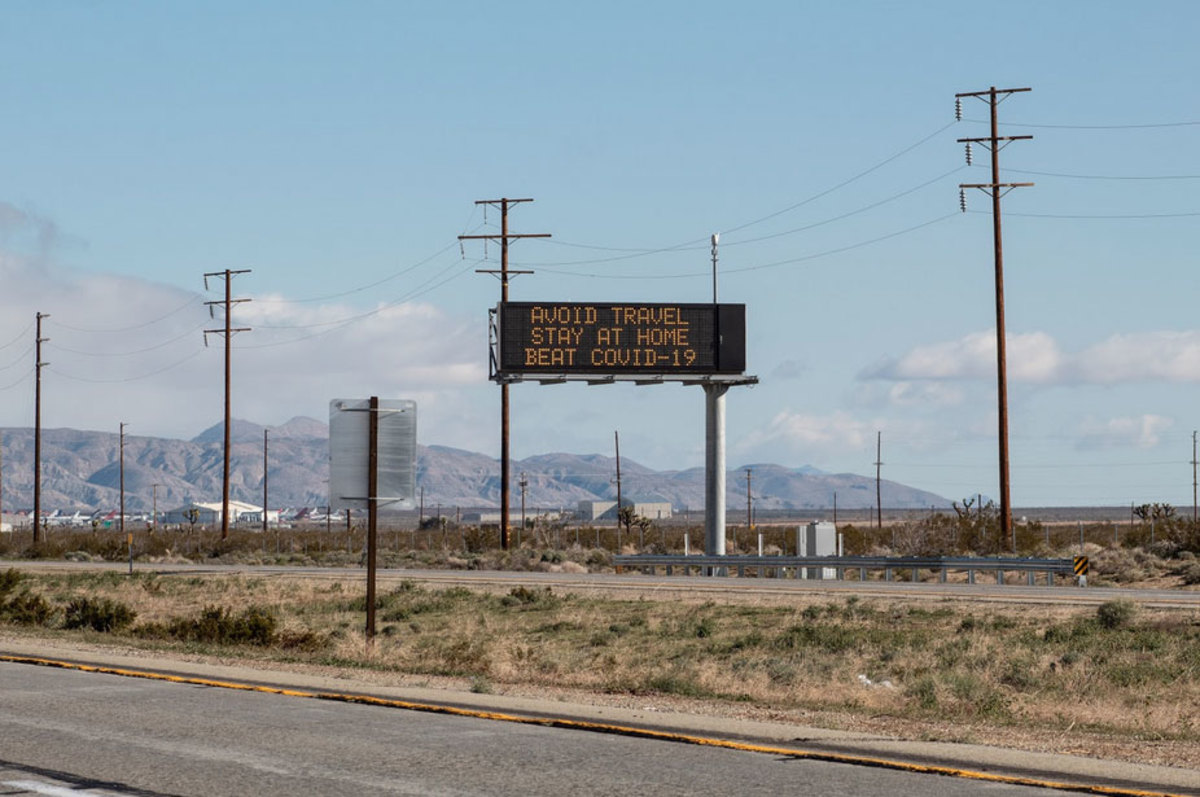
What’s left is a variation of survivalism. An attraction to face each new day as a game of Clue: locate a bathroom, locate a space to park, figure out how to minimize trips to the laundromat and grocery store (even though your home doesn’t have the capacity to store many clothes nor groceries). Find a way to get out of the 5 x 3-foot space a few times a day responsibly.
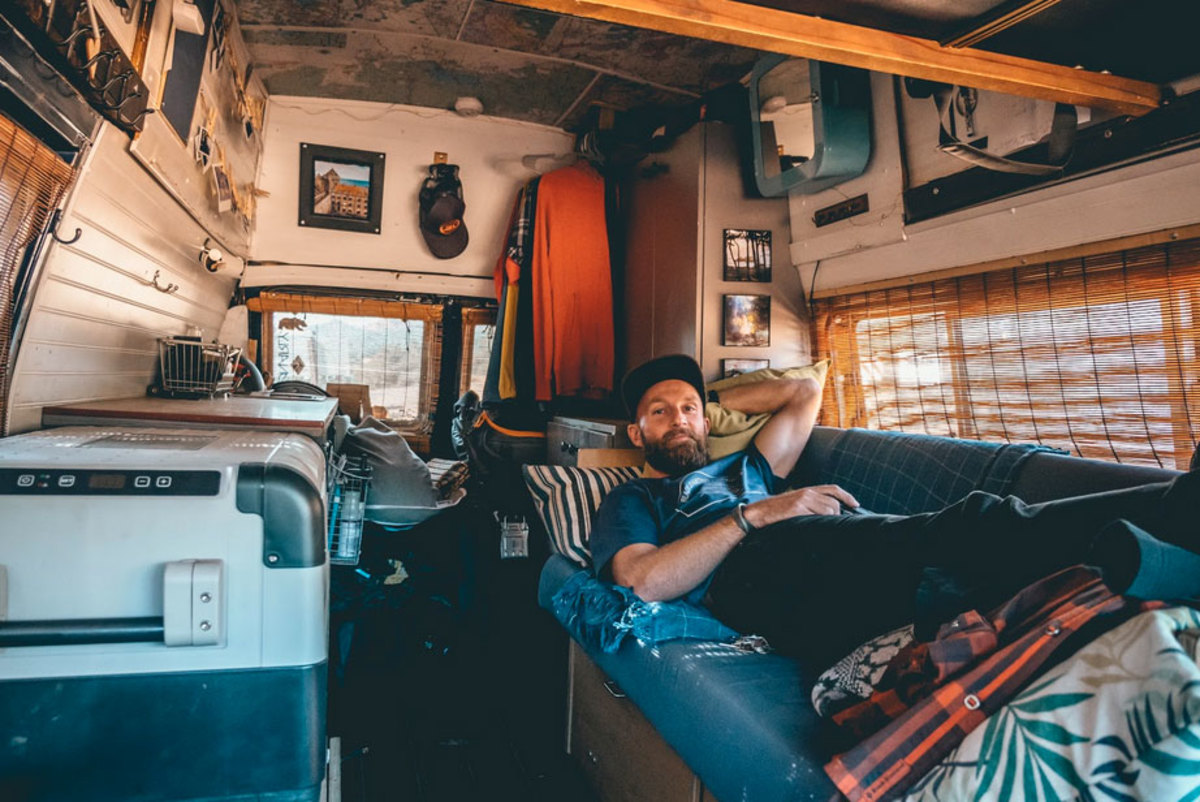
Some nomads have sought shelter elsewhere, some have come up with creative solutions to help other roadlifers, and some are simply riding it out. Here are five first-hand accounts from the road during this very strange time in history:
from Men's Journal https://ift.tt/2yoaZhA
No comments:
Post a Comment